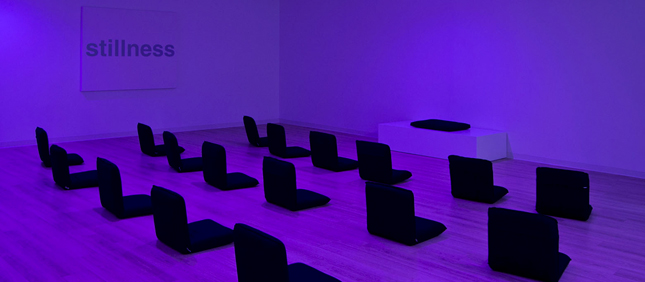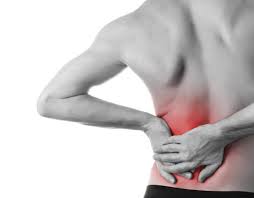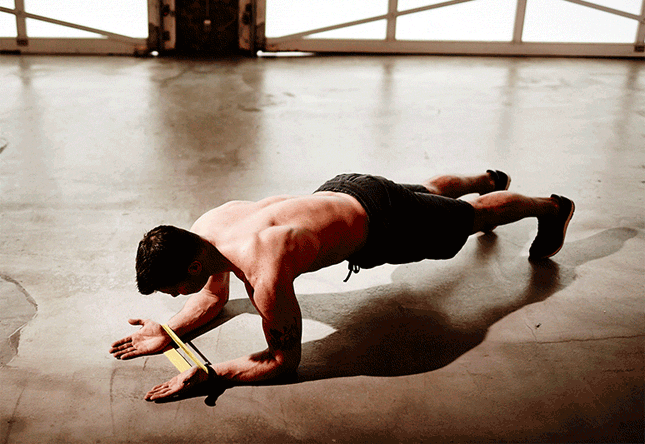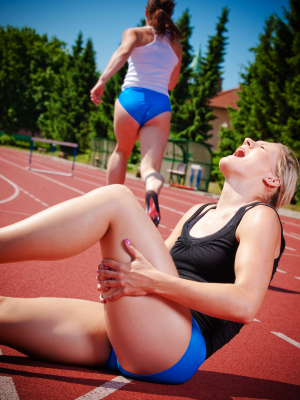A good friend of mine recently injured his shoulder. After assessing him, I realized that he had a Grade 1 AC joint injury. After discussing his injury with him, as well as options for his rehabilitation, I decided to provide a little more information below, that you, the reader, could refer to at any time to help guide what may be an AC joint injury for you as well.
What is the AC joint?
The acromio-clavicular (AC) joint is the joint formed between the clavicle (collarbone) and the acromion (the tip of the shoulder blade which extends to the top of the shoulder). You can feel it, if you put your hand on top of your shoulder – it is the bony bump about 4cms from the edge of the shoulder.
The AC joint is a link between the arm and the trunk (your shoulder blade is closely connected to your rib cage by many different muscles) and is the only bony join between the shoulder blade and the rest of the body. It helps transmit load from the arm to the trunk in pushing, pulling, punching and resting on the arm.

How the AC joint is injured?
The AC joint is a quite common sporting injury especially in contact sports. It is usually injured by a fall directly onto the shoulder, a fall onto the arm or a tackle.
The ligaments that bind the clavicle to the acromion are firstly stretched, then torn. Depending on the severity of the injury the clavicle can tear away from the acromion causing a noticeable lump to appear on top of the shoulder. The injury results in considerable pain, swelling and loss of shoulder movement. Depending on the severity of the injury, it will heal by itself or, if complicated, surgical intervention may be required.
Grading of an AC joint injury:
The most commonly used classification system recognises 6 severities of AC joint injury.

Grade I
A slight displacement of the joint. The acromioclavicular ligament may be stretched or partially torn. This is the most common type of injury to the AC Joint. You will still have point-tenderness at the AC joint with palpation
 Grade 2
Grade 2
A partial dislocation of the joint in which there may be dome displacement that may not be obvious during a physical examination. The acromioclavicular ligament is completely torn, while the coracoclavicular ligaments remain intact edmedicom.com.
 Grade 3
Grade 3
A complete separation of the joint. The acromioclavicular ligament, the coracoclavicular ligaments and the capsule surrounding the joint are torn. Usually, the displacement is obvious on clinical exam. Without any ligament support, the shoulder falls under the weight of the arm and the clavicle is pushed up, causing a bump on the shoulder
Grades I-III are the most common. Grades IV-VI are uncommon and are usually a result of a very high-energy injury such as ones that might occur in a motor vehicle accident.
Treatment for an AC joint injury
Initial treatment may consist of:
- ICE (I place this modality first because icing is critical to maintaining minimal inflammation to allow the most effective environment for the body to heal)
- Rest
- Compression
- Support (a sling may be worn)
- Movement within the pain free range will help in maintaining mobility of the surrounding structures.
- Taping may be beneficial to support the position of the joint.
- Physical therapy can use ultrasound and interferential currents, for pain and inflammation. Range of motion exercises within a pain free range will allow the ligament mobility as well.
As pain settles:
- Load bearing exercises can be added to restore the normal function of the joint and surrounding muscles.
- Massage and mobility exercises may be incorporated to ensure normal function is achieved.
In severe cases where the clavicle is completely torn away from the acromion the joint may remain painful and unstable and require surgical fixation.
Returning to sport following an AC joint injury:
Return to sport is possible when you have no localized tenderness, and full range of pain free movement has been achieved. On initial return to sport you may feel more comfortable to use taping or to have some padding over the AC joint. Your physical therapist can guide you on your return to sport and any precautions that need to be taken.
Examples of tasks you should be able to perform painfree are:
- Landing against a wall sideways with your shoulder.
- Landing against a wall onto an outstretched hand.
- Throwing and catching a ball in awkward positions.
- Completing one or more full contact training sessions.
Remember
- Seek treatment at an early stage
- ICE, ICE, ICE, ICE……and MORE ICE to decrease the inflammation!
- Make sure that your diet is clean and healthy. The old saying, “you are what you eat“, is absolutely true. When you are rehabilitating from an injury, you must make sure that your body is being provided the necessary nutrients to heal. It is imperative to understand that your body will NOT heal if you do not provide it with the necessary, and correct, nutrients!! (I will try to post more about nutrition, sport, recovery and physical rehabilitation in the future)
- Ensure you physical therapist provides you with methods of self treatment and management.
If you have any questions regarding this information or your therapeutic management, please don’t hesitate to comment in an effort to create dialogue.
The information provided is for general information and does not substitute the advice and information your physical therapist will provide about your particular condition. While every effort has been made to ensure the information provided is correct and accurate, Dr. David Rick accepts no responsibility.












 Grade 2
Grade 2 Grade 3
Grade 3

